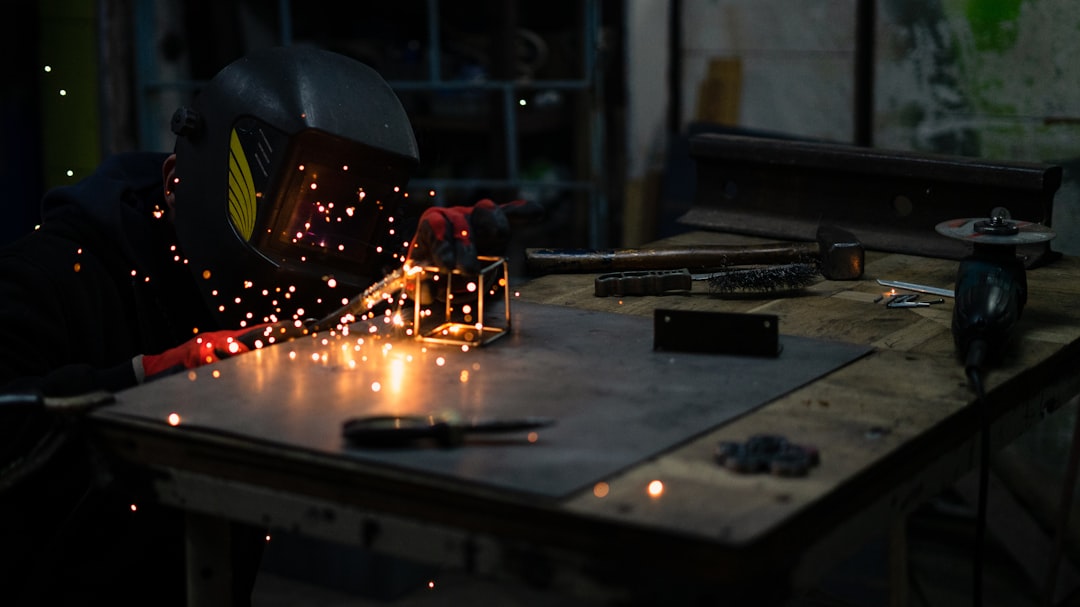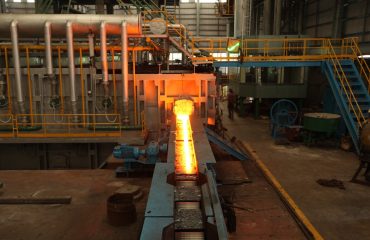The automotive industry, construction sector, and countless other manufacturing fields rely heavily on Original Equipment Manufacturer (OEM) supplied steel components. These components, ranging from intricate engine parts to robust structural elements, are the backbone of countless products. Understanding the intricacies of their production is crucial for anyone involved in the supply chain, from engineers and designers to procurement specialists and quality controllers.
1. The Steel Selection Process: Choosing the Right Material for the Job
The journey of an OEM steel component begins with meticulous material selection. This isn’t simply a matter of choosing “steel”; the process involves carefully considering various grades and their properties. Factors influencing the choice include:
- Tensile Strength: The ability of the steel to withstand pulling forces without breaking. This is critical for components under significant stress.
- Yield Strength: The point at which the steel begins to deform permanently. A higher yield strength means greater resistance to deformation.
- Ductility: The ability of the steel to deform plastically before fracturing. This is important for components requiring formability during manufacturing.
- Hardness: Resistance to indentation or scratching. Hardness is crucial for wear-resistant components.
- Corrosion Resistance: The ability of the steel to resist degradation due to environmental factors. This is vital for components exposed to harsh conditions.
- Cost: Different steel grades have varying costs, and the selection must balance performance requirements with budgetary constraints.
Advanced high-strength steels (AHSS) are increasingly common in OEM production, offering superior strength-to-weight ratios, enabling lighter and more fuel-efficient vehicles, for example.
2. Manufacturing Processes: From Raw Material to Finished Component
The transformation of raw steel into finished OEM components involves a variety of manufacturing processes, often a combination of techniques. Common methods include:
- Casting: Molten steel is poured into molds, solidifying into the desired shape. This is suitable for complex shapes but may require further machining.
- Forging: Heating steel to a malleable state and shaping it using compressive forces. Forging produces high-strength components with superior grain structure.
- Rolling: Passing steel through rollers to reduce its thickness and create sheets or bars. This is a highly efficient process for mass production.
- Extrusion: Forcing steel through a die to create a specific profile, such as tubes or bars.
- Machining: Using tools to remove material and achieve precise dimensions and surface finishes. This is often a final step in the process.
- Stamping/Pressing: Using dies and presses to form sheet metal into complex shapes.
The specific manufacturing process chosen depends on the component’s design, required tolerances, and production volume.
3. Quality Control and Assurance: Ensuring Consistent Excellence
Rigorous quality control is paramount in OEM steel component production. This involves multiple stages of inspection and testing to ensure that the components meet the required specifications and performance standards. Key aspects include:
- Incoming Material Inspection: Verifying the quality of the raw steel before processing.
- In-Process Inspection: Monitoring the manufacturing process at various stages to detect and correct any deviations.
- Non-Destructive Testing (NDT): Techniques like ultrasonic testing, radiography, and magnetic particle inspection are used to detect internal flaws without damaging the component.
- Dimensional Inspection: Measuring the component’s dimensions to ensure they meet the specified tolerances.
- Mechanical Testing: Evaluating the component’s tensile strength, yield strength, and other mechanical properties.
- Statistical Process Control (SPC): Using statistical methods to monitor and control the manufacturing process and ensure consistency.
Comprehensive quality control minimizes defects, reduces waste, and guarantees the reliability and performance of the final product.
4. Challenges and Innovations in OEM Steel Component Production
The OEM steel component industry faces several challenges, including:
- Meeting stringent environmental regulations: Reducing the carbon footprint of steel production and minimizing waste.
- Cost pressures: Maintaining profitability while complying with high quality standards and delivering competitive prices.
- Supply chain disruptions: Ensuring a reliable supply of raw materials and managing logistics effectively.
- Technological advancements: Keeping up with new manufacturing technologies and materials.
- Demand for lightweighting: Developing stronger and lighter steel components to improve fuel efficiency and reduce emissions.
Innovations such as advanced manufacturing techniques (e.g., additive manufacturing), the development of new high-strength steels, and improved process control systems are addressing these challenges.
5. The Future of OEM Steel Component Production: Trends and Predictions
The future of OEM steel component production is likely to be shaped by several key trends:
- Increased automation and digitalization: Implementing robotics, AI, and data analytics to improve efficiency and productivity.
- Sustainable manufacturing practices: Adopting environmentally friendly processes and reducing waste.
- Focus on lightweighting and high-strength materials: Developing innovative steel alloys and manufacturing techniques to create stronger and lighter components.
- Growing demand for customized components: Meeting the needs of increasingly diverse applications and customer requirements.
- Supply chain resilience: Building robust and adaptable supply chains to mitigate risks and disruptions.
By embracing these trends and overcoming the challenges, the OEM steel component industry will continue to play a vital role in supporting various manufacturing sectors for years to come.
Tags: OEM steel components, steel component manufacturing, steel production, automotive steel, industrial steel




